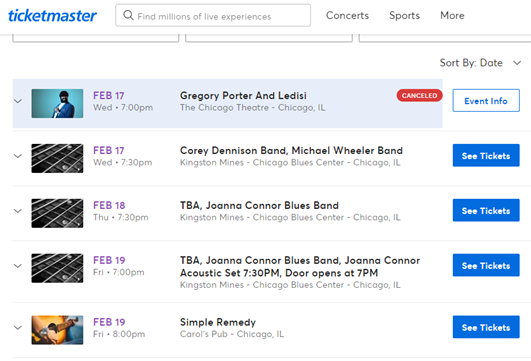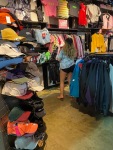
As the Christmas shopping season continues and New Year’s is not far behind, our thoughts turn to the what’s next. What is the future of retail? The question is still on everyone’s mind and no one has answered it adequately. That’s because we are not fortunetellers, but we try very hard to predict the future, in spite of our shortcomings.
This week I listened to a podcast from Dana Telsey, a retail expert I greatly admire. She always says things that I think, “Gee, I wish I had said that, and so eloquently.” She talked about the three Ps in understanding and predicting change in the retail marketplace:
- Process
- Purpose
- Profit
I keep thinking about these words and continue to develop insights that are essential for an understanding of the future of retail. Try it. Just think about the words and the application to your particular product, location, experience or store. You will find you are a brilliant prognosticator!
Just for fun, I came up with my own “10 Trends for Retail” that are practical and may help you plan. They are as follows:
- Consolidations, bankruptcies and other market adjustments will continue until retail product, market supply and demand are equalized. They are good for the industry as a whole, however painful they may be for affected entities. The U.S. had too much unproductive space before the pandemic.
- E-commerce and omni-channel selling of goods and services will continue. These formats work hand in hand with stores. They supply avenues to sell more goods! In this realm, the consumer is king. They have spoken loudly about their preference for convenience and choice. Things like BOPIS, curbside pickup, warehousing and other trends will continue because they are popular and help sell.
- Retail THEATER and EXPERENTIAL RETAIL will drive successful locations. It is time we stopped being lazy about our shopping experiences.
- Great locations will continue to thrive. A-mall location will evolve into even more mixed-use destinations.
- The opportunity for development and deepening of our outdoor/lifestyle formats has never been stronger. We must recognize and acknowledge the essential change in post-pandemic behavior. Consumers require more space indoors and have a preference for being outdoors if possible.
- Discounters and “Dollar” stores provide the biggest growth opportunity currently. This is not permanent. These types of retailers always thrive in a recession. (Yes, we are in a recession!)
- Cause and purpose are missions to always keep in mind in retail. Millennials prefer products that offer some good to the world.
- “Value” is another concept to understand and build into your mission. It does not mean cheap; it means giving the consumer something she treasurers as she shops.
- Exurban and suburban locations supply the best opportunities for growth. Keep this in mind as you develop and expand.
- Shifting demographics and the concomitant shifts in Process, Purpose and Profit will drive retail development.
Keep these prognostications in mind as you move along with your day, today and tomorrow. Here’s hoping they will help you bring joy and success to you!


































You must be logged in to post a comment.